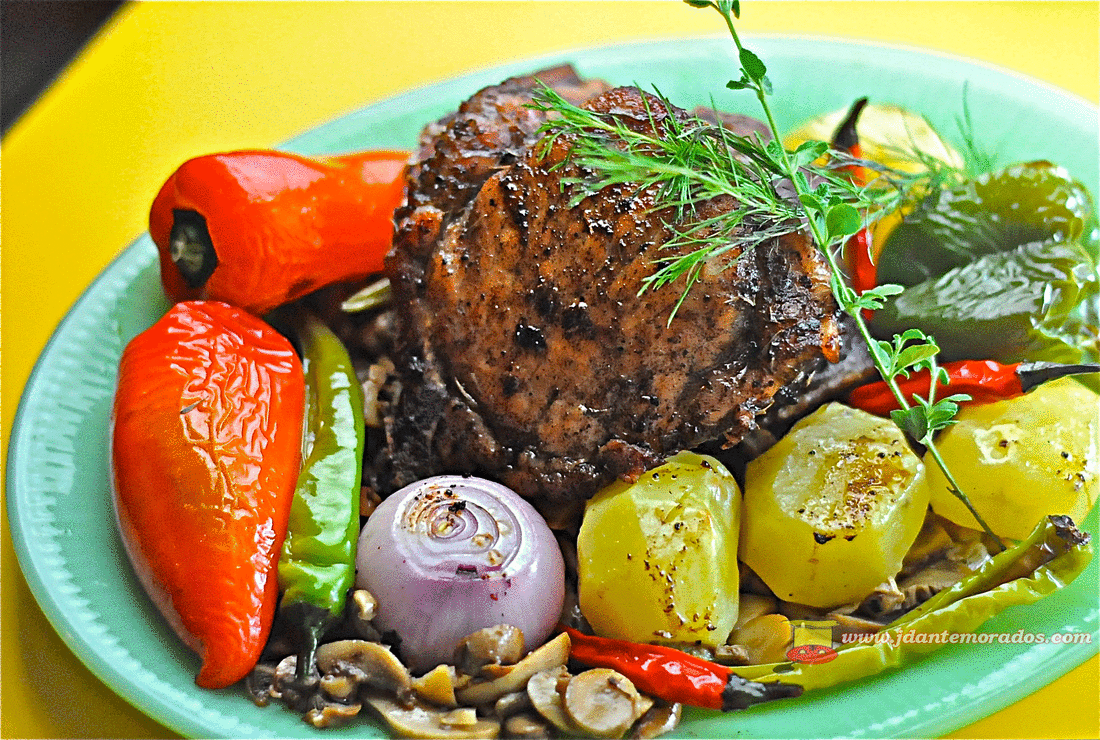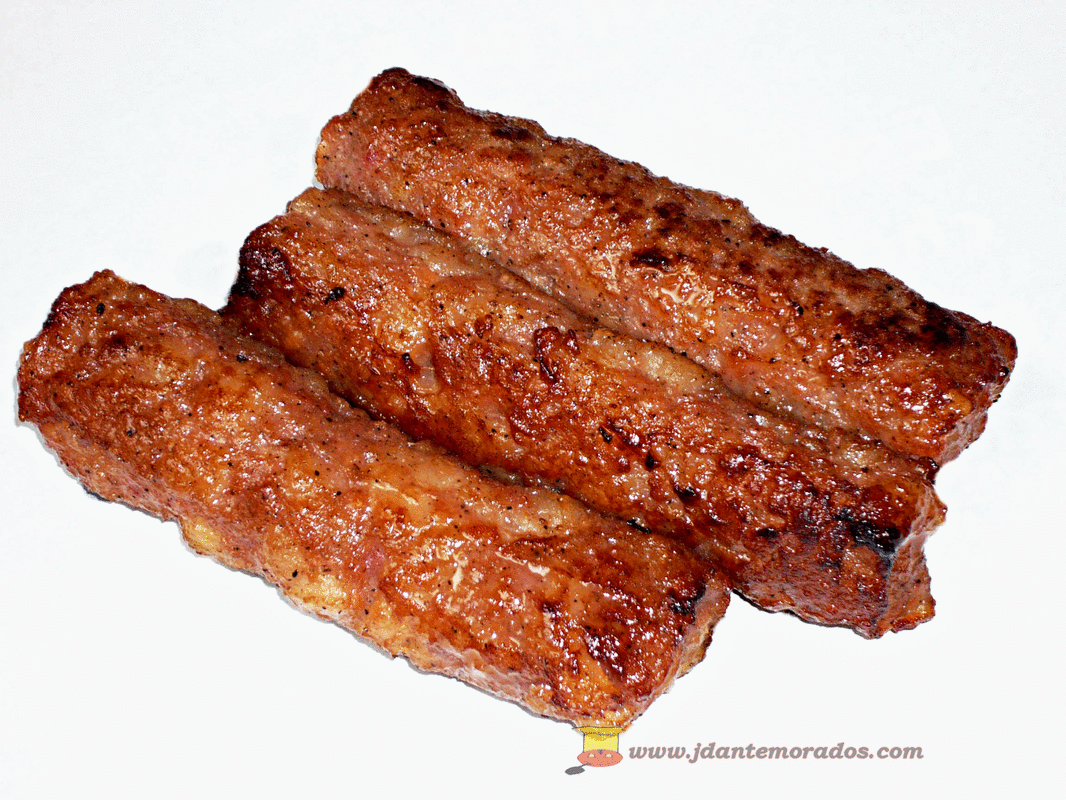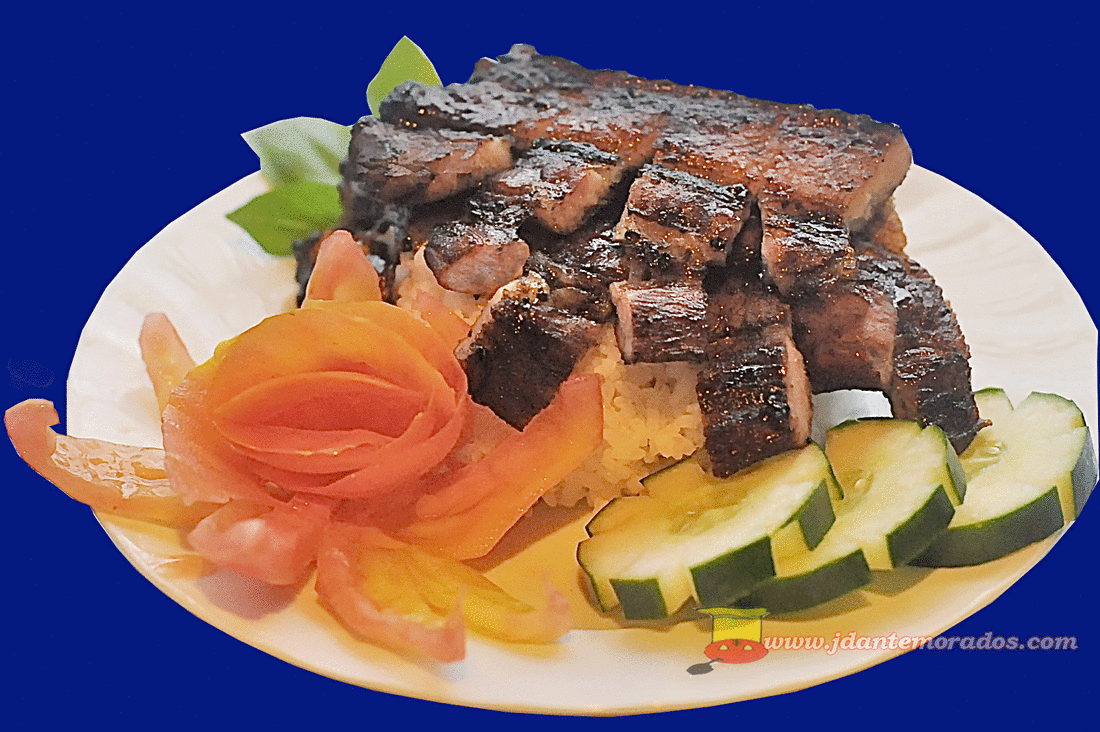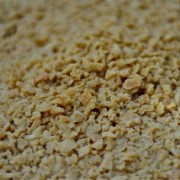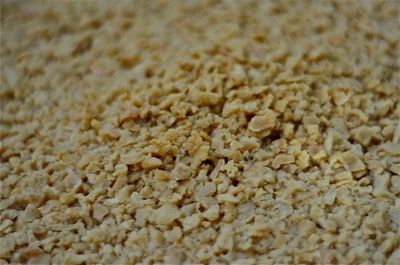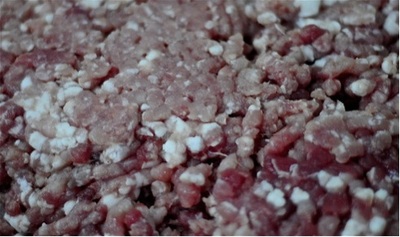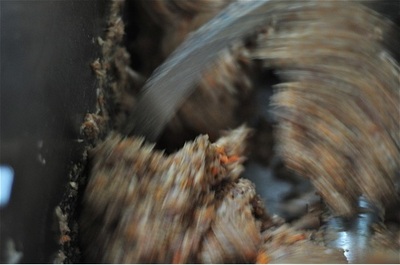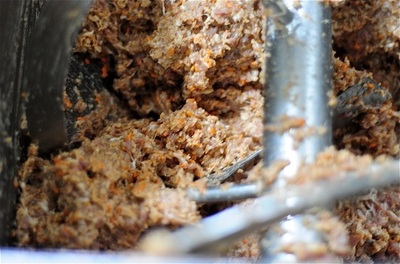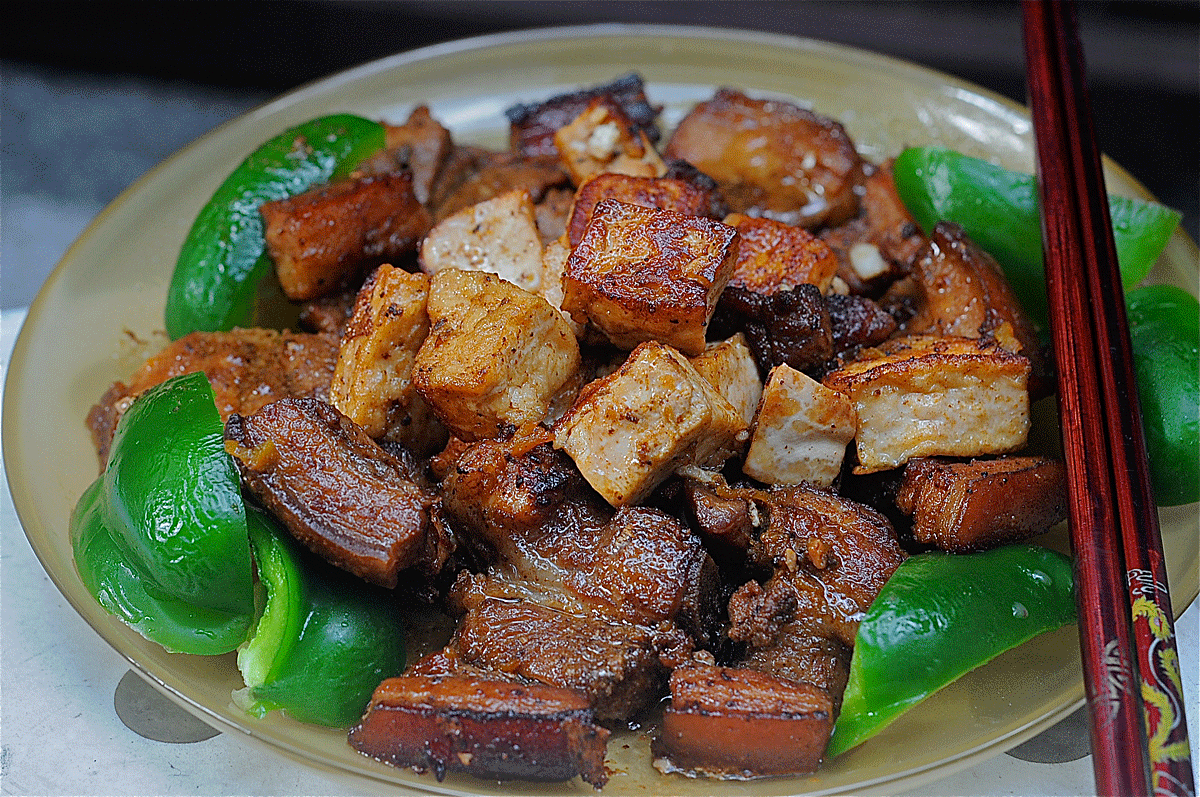Pork Chop-Toastered
(SPICE BLEND RUBBED-TOASTERED PORK CHOP)
Needing, again, a “pica-pica” to go with my 2 bottles of beer,
this simple approach immediately came to mind.
I don’t wanna fire up the range so my comfort-cooker is called, anew,
on center stage to cook my Pork Chop.
Pork Chop is a cut of pork (pig is the animal)
similar to Rib Steak (rib chop),
T-Bone Steak (loin chop) and Porterhouse Steak in beef.
Beef cut parlance does not use the term “chop”
for latter normally and usually refers to pork and lamb.
When beef cut includes the larger portion of the tenderloin,
it’s a Porterhouse, smaller portion-T-Bone it is.
Sheep is the animal-in its first year called a lamb.
Its meat is also known as lamb,
more than 1 year and in fattening stage… its meat is hogget
while for adult sheep, it is now called mutton.
Many countries singularly call sheep meat as plain lamb.
Cook time: 1 hour 5mins.
Total time: 1hour 35mins.
Makes/Serves: 2
Cooking medium: oven toaster, casserole
Special needs/instruction(s): oil brush, bowl, wire whisk
INGREDIENTS:
4 pieces ½ inch thick “pork chop”
6 pieces tomatoes-peeled
3 pieces red & green bell peppers
1 small canned mushroom (button or shiitake, whole or sliced)
2 grams salt-for boiling potatoes & chops
3 grams salt- for rub
3 grams brown sugar
2 grams ground black pepper
3 grams powder garlic
2 grams nutmeg powder
1 gram coriander powder
2 grams dried thyme
30 ml. EVOO (Extra Virgin Olive Oil)
water
garnish veggies: bird’s eye chillies (labuyo), cardava or banana peppers (sili pansigang), small onion and a sprig each of fresh thyme and dill (or whatever colorful leaves you wish)
PROCEDURES:
1. Line up chops in casserole then potatoes atop. Pour in enough tap water to cover top. Add in salt.
Stir and dissolve then set to medium heat.
2. Upon boiling, set timer to 10 minutes.
3. When done scoop out potatoes and chops. Set aside.
4. In a bowl, add salt, brown sugar, black pepper, garlic, nutmeg, coriander and thyme. Whisk to blend well.
This is your meat rub.
5. Lying unto toaster pan, brush EVOO unto both sides of chops. Scatter meat rub unto all sides and parts.
6. Pre-heat oven toaster to 350deg.F (177deg.C). Slide in chops to topmost slot and heat for 20 minutes.
Turn to other side and do the same. This is DONE. Set aside.
7. In the same toaster pan with drippings, oil etc., line up mushroom, boiled potatoes, red & green bell peppers, onion, “labuyo”, and “sili pansigang”. Wedge unto toaster and in the same temp (350deg.F) cook for 15 minutes.
8. Turn veggies and/or add little more EVOO if needed.
9. DONE.
10. Serve with pride your sumptuous and colorful creation.


